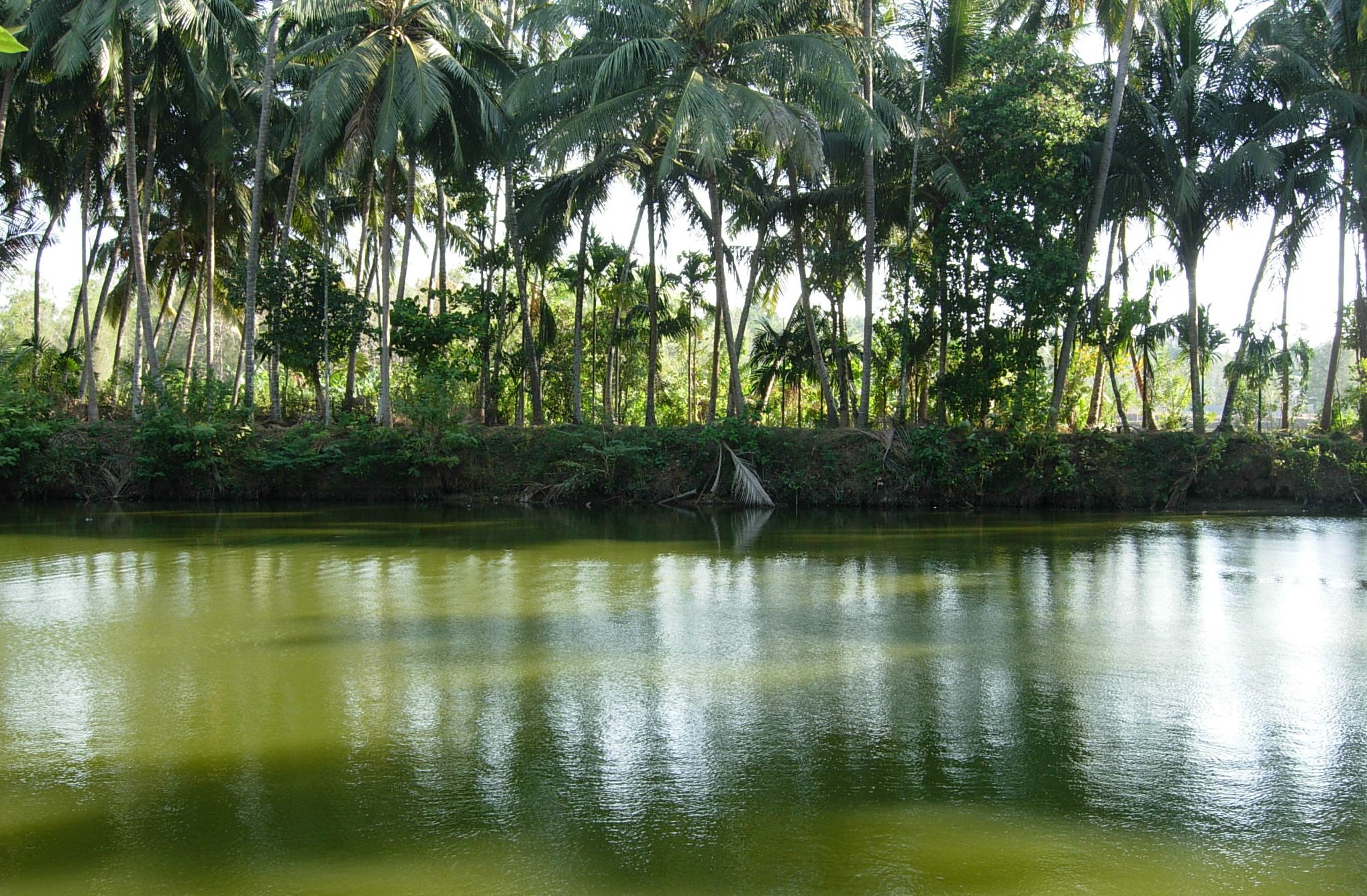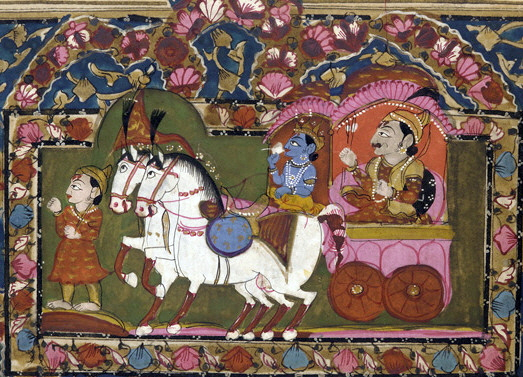|
Ottamthullal
Ottan Thullal (or ''Ottamthullal'', Malayalam: ഓട്ടൻ തുള്ളൽ) is a recite-and-dance art-form of Kerala, India. It was introduced in the eighteenth century by Kunchan Nambiar, one of the Prachina Kavithrayam (three famous Malayalam-language poets). The folksy performance, often laced with humour intended at criticism of society, is accompanied by a mridangam (a barrel-shaped double-headed drum) and/or the handy idakka besides a pair of ilathalam cymbals. History Like most Indian performing art forms, Ottamthullal has its principles influenced by the Natya Shastra (). The word ''Thullal'' means "to jump" or "leap about" in the Malayalam language. Legend has it that Nambiar, the poet, fell asleep while playing the mizhavu drum for a Chakyar Koothu performance, inviting ridicule from the chakyar. In response, Nambiar developed Ottamthullal, which raised prevalent sociopolitical questions and made a satire of human pedigrees and prejudices. The chakyar co ... [...More Info...] [...Related Items...] OR: [Wikipedia] [Google] [Baidu] |
Killikkurussimangalam
Killikkurussimangalam (also known as Lakkidi) is a village around 8 km from nearby town Ottappalam in Palakkad district of Kerala, south India. The river Nila ( Bharatapuzha) flows through the southern border of Lakkidi. Etymology The village got its name from the famous Lord Shiva temple- Sri Killikkurussi Mahadeva Kshetram situated in the village. The temple is very old and legends say it has been founded by the sage ''Sree Suka Brahma Hrishi''. Kunchan Nambiar's birthplace The village is the birthplace of famous Malayalam satire poet and founder of the Ottamthullal art form, Kunchan Nambiar (Rama panivada). The house where Kunchan Nambiar was born, Kalakkathu Bhavanam, is now a cultural centre, undertaken by Department of Culture of Kerala State Government. There is also a library situated there in memory of Kunchan Nambiar called ''Kunchan Smaraka Vayanasala'' - Kunchan Memorial Library. Koodiyattam and Chakyar koothu artist and noted Natyashasthra scholar Nātyāchārya V ... [...More Info...] [...Related Items...] OR: [Wikipedia] [Google] [Baidu] |
Arts Of Kerala
The Indian state Kerala is well known for its diverse forms of performing arts. The various communities in Kerala contribute to its rich and colourful culture.The most important traditional art forms of Kerala are Kathakali, Kalaripayattu, Koodiyattam, Theyyam, Mohiniyattam, Thullal, Padayani, Pulikali, Thiruvathirakali, Chakyarkoothu,kalaripayattu etc. Performing arts of Kerala Kerala Hindu Arts * Ayyappan Vilakku * Shastham Paatu * Kathakali * Chakyar Koothu * Nangiar Koothu * Mohiniyattam * ThirayattamThirayattam, Moorkkanad Peethambaran, Kerala bhasha Institute, TVM, * Padayani * Thiyyattu * Koodiyattam * Kerala Natanam * Panchavadyam * Thullal * Tholpavakoothu * Ottamthullal * Garudan Thookkam * Kolam Thullal * Kakkarissi Nadakam * Poorakkali * Mudiyett * Kummattikali * Kuthiyottam * Thiriyuzhichil * Kalaripayattu * Mangalamkali * Marathukali * Malayikuthu * Mukkanchathan * Charadupinnikkali * Kothammuriyattam * Sopanam * Thacholikali * Sarpam Thullal * ... [...More Info...] [...Related Items...] OR: [Wikipedia] [Google] [Baidu] |
Chakyar Koothu
Chakyar Koothu (pronounced ) is a performance art from Kerala, India. It is primarily a type of highly refined monologue where the performer narrates episodes from Hindu epics (such as the '' Ramayana'' and the '' Mahabharata'') and stories from the Puranas. Sometimes, however, it is also a traditional equivalent of the modern stand-up comedy act, incorporating commentary on current socio-political events (and personal comments directed at the members of the audience). The performance "Koothu" means dance ... which is a misnomer, as facial expressions are emphasized and there is minimal choreography. It is performed in the Koothambalam; a place inside Hindu temples specifically designed for performing Kutiyattam and Chakyar Koothu. Ideally, the performance takes place in conjunction with festivals, presented by members of the Chakyar community along with the Ambalavasi Nambiars. It is a solo performance, by a narrator in a distinctive headgear and black moustache with hi ... [...More Info...] [...Related Items...] OR: [Wikipedia] [Google] [Baidu] |
Kunchan Nambiar
Kunchan Nambiar was a prominent Malayalam poet of the 18th century (1705-1770). Apart from being a prolific poet, Nambiar is also famous as the originator of the dance art form of Thullal, most of his works were written for use in Thullal performances. Social criticism wrapped in humor is the hallmark of his works. Nambiar is one of the foremost comedians in Malayalam. Nambiar is believed to have been born at '' Kalathu Veedu'' at Killikkurussimangalam in Palakkad district of the south Indian state of Kerala;. He spent his early childhood at Killikkurussimangalam, his boyhood at Kudamaloor and youth at Ambalappuzha, and learnt Kalaripayattu and Sanskrit from such masters as Mathoor Panickar, Dronaballi Naicker and Nannikod Unni Ravi Kurup, before moving to the court of Marthanda Varma of Travancore in 1748; later, he served at the court of his successor Dharma Raja. By the time he reached the royal court, he had already established himself as a poet. the later part o ... [...More Info...] [...Related Items...] OR: [Wikipedia] [Google] [Baidu] |
Mridangam
The mridangam is a percussion instrument of ancient origin. It is the primary rhythmic accompaniment in a Carnatic music ensemble. In Dhrupad, a modified version, the pakhawaj, is the primary percussion instrument. A related instrument is the Kendang, played in Maritime Southeast Asia. During a percussion ensemble, the mridangam is often accompanied by the ghatam, the kanjira, and the morsing. Etymology The word "Mridangam" is formulated by the union (sandhi) of the two Sanskrit words ''mŗt'' (clay or earth) and ''anga'' (limb), as the earliest versions of the instrument were made of hardened clay. Legend In ancient Hindu sculpture, painting, and mythology, the mridangam is often depicted as the instrument of choice for a number of deities including Ganesha (the remover of obstacles) and Nandi, who is the vehicle and follower of Shiva. Nandi is said to have played the mridangam during Shiva's primordial '' tandava'' dance, causing a divine rhythm to resound acros ... [...More Info...] [...Related Items...] OR: [Wikipedia] [Google] [Baidu] |
Mahabharata
The ''Mahābhārata'' ( ; sa, महाभारतम्, ', ) is one of the two major Sanskrit epics of ancient India in Hinduism, the other being the '' Rāmāyaṇa''. It narrates the struggle between two groups of cousins in the Kurukshetra War and the fates of the Kaurava and the Pāṇḍava princes and their successors. It also contains philosophical and devotional material, such as a discussion of the four "goals of life" or ''puruṣārtha'' (12.161). Among the principal works and stories in the ''Mahābhārata'' are the ''Bhagavad Gita'', the story of Damayanti, the story of Shakuntala, the story of Pururava and Urvashi, the story of Savitri and Satyavan, the story of Kacha and Devayani, the story of Rishyasringa and an abbreviated version of the '' Rāmāyaṇa'', often considered as works in their own right. Traditionally, the authorship of the ''Mahābhārata'' is attributed to Vyāsa. There have been many attempts to unravel its historical growth ... [...More Info...] [...Related Items...] OR: [Wikipedia] [Google] [Baidu] |
Mohiniyattam
Mohiniyattam, ( ml, മോഹിനിയാട്ടം), is an Indian classical dance form that developed and remained popular in the state of Kerala. Kathakali is another classical dance form of Kerala. Mohiniyattam dance gets its name from the word Mohini – a historical enchantress avatar of the Hindu God Vishnu, who helps the good prevail over evil by developing her feminine powers. Mohiniyattam's roots, like all classical Indian dances, are in the ''Natya Shastra'' – the ancient Hindu Sanskrit text on performance arts. However, it follows the Lasya style described in ''Natya Shastra'', that is a dance which is delicate, eros-filled and feminine. It is traditionally a solo dance performed by women after extensive training, though nowadays men can also perform the dance. The repertoire of Mohiniyattam includes music in the Carnatic style, singing and acting a play through the dance, where the recitation may be either by a separate vocalist or the dancer themselves. ... [...More Info...] [...Related Items...] OR: [Wikipedia] [Google] [Baidu] |
Kathakali
Kathakali ( ml, കഥകളി) is a major form of classical Indian dance. It is a "story play" genre of art, but one distinguished by the elaborately colourful make-up and costumes of the traditional male actor-dancers. It is native to the Malayalam-speaking southwestern region of Kerala and is almost entirely practiced and appreciated by Malayali people. Kathakali's roots are unclear. The fully developed style of Kathakali originated around the 17th century, but its roots are in the temple and folk arts (such as Krishnanattam and religious drama of the kingdom of the Zamorin of Calicut) southwestern Indian peninsula), which are traceable to at least the 1st millennium CE. A Kathakali performance, like all classical dance arts of India, synthesizes music, vocal performers, choreography and hand and facial gestures together to express ideas. However, Kathakali differs in that it also incorporates movements from ancient Indian martial arts and athletic traditions of South ... [...More Info...] [...Related Items...] OR: [Wikipedia] [Google] [Baidu] |
Kerala
Kerala ( ; ) is a state on the Malabar Coast of India. It was formed on 1 November 1956, following the passage of the States Reorganisation Act, by combining Malayalam-speaking regions of the erstwhile regions of Cochin, Malabar, South Canara, and Thiruvithamkoor. Spread over , Kerala is the 21st largest Indian state by area. It is bordered by Karnataka to the north and northeast, Tamil Nadu to the east and south, and the Lakshadweep Sea to the west. With 33 million inhabitants as per the 2011 census, Kerala is the 13th-largest Indian state by population. It is divided into 14 districts with the capital being Thiruvananthapuram. Malayalam is the most widely spoken language and is also the official language of the state. The Chera dynasty was the first prominent kingdom based in Kerala. The Ay kingdom in the deep south and the Ezhimala kingdom in the north formed the other kingdoms in the early years of the Common Era (CE). The region had been a prominent spice exp ... [...More Info...] [...Related Items...] OR: [Wikipedia] [Google] [Baidu] |






